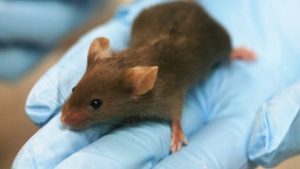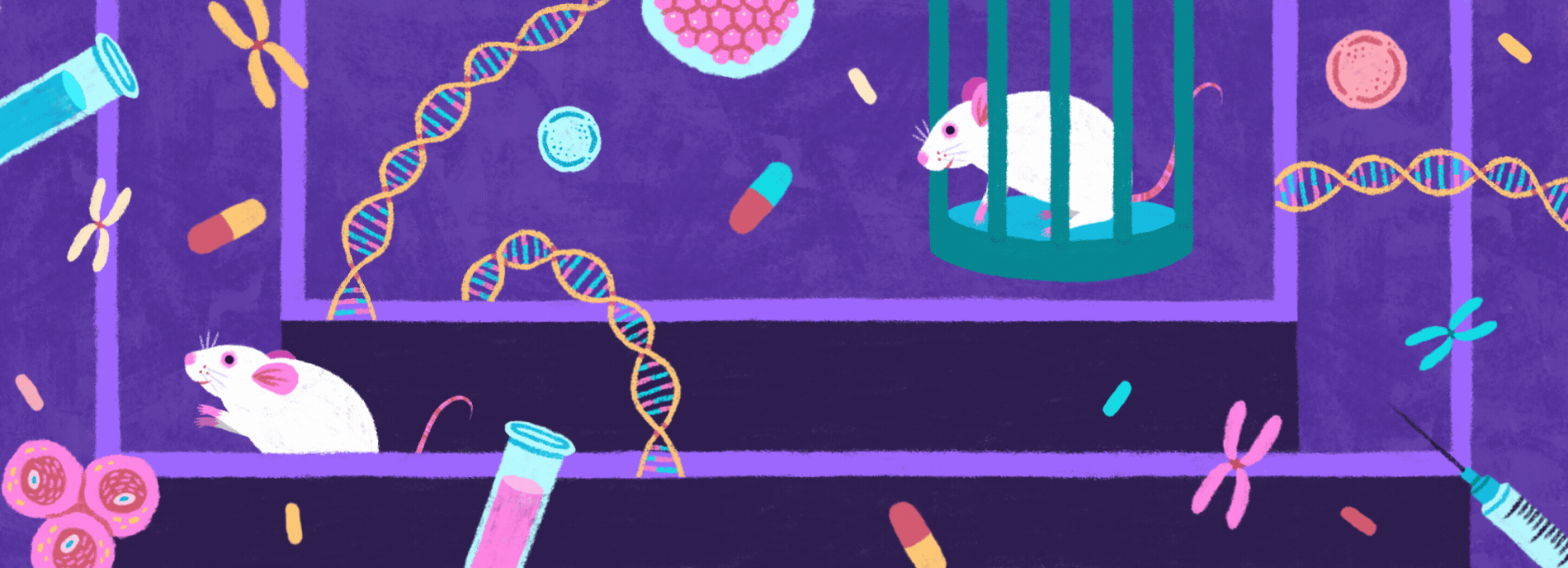73 8.3 Intro to Current and Emerging Animal Models of ASD

While emerging gut microbiota-ASD theories might sound promising, one might ask how these theories could be tested and explored further. Over the past few years, one approach that researchers have been using to study potential causes of autism is the development and use of animal model of autism. Animal models are important tools for understanding the etiology of diseases including ASD. More recently and quite interestingly, several studies have highlighted that gut microbiota play an important role in modulating the ASD-like phenotypes of mice, alluding to the ASD/microbiota link that is seen in humans as well (Sgritta, 2019; Buffington, 2016). While this might sound promising at first glance, it is perhaps important to highlight the arbitrary nature of defining ASD-like behaviour in mice and compare it to humans. This can be dodgy and misleading for several reasons which will be highlighted later on, towards the end of the chapter. Despite this, mice models continue to remain an integral part of ASD research.
The list of genes implicated in autism is growing. Therefore, more recently there has been an emergence of new ASD mice models that help gain an insight into genetic factor induced autism. A knock-out mouse is a genetically modified mouse in which researchers have inactivated an existing gene by replacing it or disrupting it with an artificial piece of DNA (Hall, 2009). Knockout mice are often generated to assess genetic mutations and their effects in ASD patients. Such mice models that incorporate genetic manipulations are important tools for assessing potential pharmacological targets and therefore, contribute to the development of treatments for ASD symptoms.

Overall, knockout mice are being used in ASD research to explore the link between gut microflora and behaviour through the identification of specific regions in the brain that are responsive to this change in gut microflora and through the identification of specific brain pathways that generate effects on behaviour. Despite ambiguity in observational behaviour studies in mice models, these animal models for ASD allow for the exploration of the cells, pathways and regions that are affected by ASD or that might affect ASD. While ethical limitations continue to contribute to our dependence on animal models for ASD such as mice and rat models; technological advancements might have to be coupled with these animal models to improve the reliability of observations and enhance the applicability of findings from these animal models (Cheng,2020).
Key Takeaways
-
One approach researchers use to study potential causes of autism is through the development and use of animal models of autism
-
Studies have highlighted that gut microbiota play an important role in modulating the ASD-like phenotypes of mice
-
However, defining the term “ASD-LIKE” in mice for comparison with humans can be a little dodgy
-
Emergence of new ASD mice models that help gain insight into genetic factor induced autism
-
Acknowledge that these animal models of ASD have limitations
